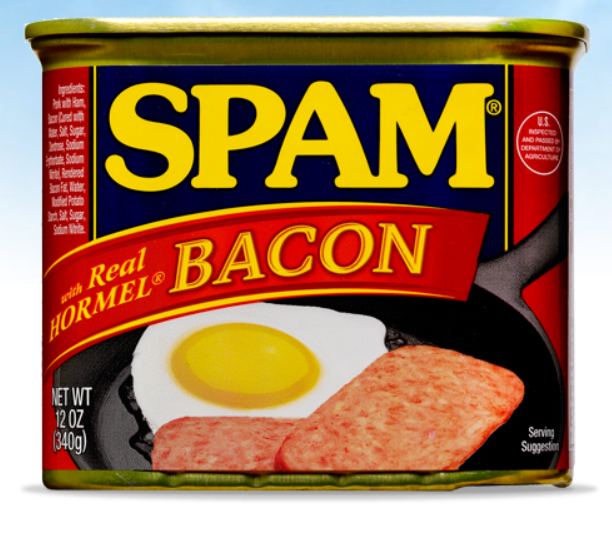The Center for Prevention at Blue Cross and Blue Shield of Minnesota recently issued a report which reported that a large number of people in the state do not have easy access to healthy food. While the report only covers one state, the problem is likely more widespread. In theory, this lack of access to healthy food helps fast food companies which fill the gap for food shoppers.
In general, it has been assumed that the availability of healthy food is worse in poor states than in rich ones. Minnesota has the ninth highest median income among all states, at $61,814, according to the American Community Survey. The national average was $50,502 last year. Mississippi was at the bottom of the list at $36,919.
The availability of healthy food was lower than might be expected in Minnesota. Researchers at the Center for Prevention at Blue Cross and Blue Shield of Minnesota reported:
The path to affordable, healthy food is marked by significant barriers, according to a new poll commissioned by the Center for Prevention at Blue Cross and Blue Shield of Minnesota. A “grocery gap” is felt by many Minnesotans, with nearly half (49 percent) reporting that not having a store nearby that sells healthy food impacts what they eat. Most Minnesotans (73 percent) also say difficulty finding healthy food on-the-go influences their decisions.
While it is often inconclusive to link one piece of research to another, the poor appear to have less access to health food compared to other income groups. According to researchers at the Food Research & Action Center:
Low-income neighborhoods frequently lack full-service grocery stores and farmers’ markets where residents can buy a variety of fruits, vegetables, whole grains, and low-fat dairy products (Beaulac et al., 2009; Larson et al., 2009). Instead, residents – especially those without reliable transportation – may be limited to shopping at small neighborhood convenience and corner stores, where fresh produce and low-fat items are limited, if available at all. One of the most comprehensive reviews of U.S. studies examining neighborhood disparities in food access found that neighborhood residents with better access to supermarkets and limited access to convenience stores tend to have healthier diets and reduced risk for obesity (Larson et al., 2009).
These gaps are sometimes filled by fast food chains, and stores which sell less healthy food. People have to eat somewhere, and that somewhere may not offer a healthy alternative But, what may be good for McDonald’s (NYSE: MCD) may not be good for people who cannot readily find healthy food elsewhere
It’s Your Money, Your Future—Own It (sponsor)
Retirement can be daunting, but it doesn’t need to be.
Imagine having an expert in your corner to help you with your financial goals. Someone to help you determine if you’re ahead, behind, or right on track. With SmartAsset, that’s not just a dream—it’s reality. This free tool connects you with pre-screened financial advisors who work in your best interests. It’s quick, it’s easy, so take the leap today and start planning smarter!
Don’t waste another minute; get started right here and help your retirement dreams become a retirement reality.
Thank you for reading! Have some feedback for us?
Contact the 24/7 Wall St. editorial team.


